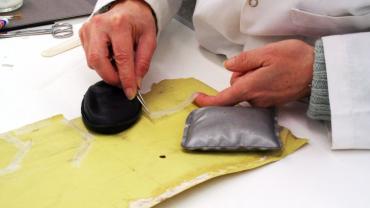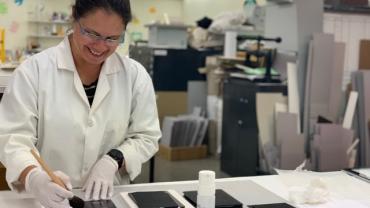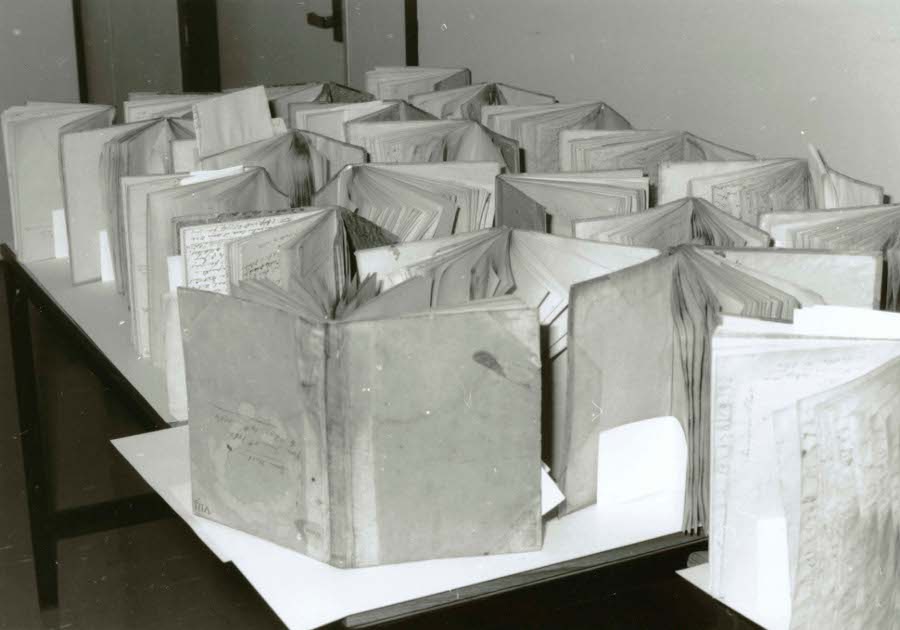- 1. Sticky Tape Removal
- 2. Storing large documents, maps and plans
- 3. Removing blood from paper documents
- 4. A Method of Rehousing Glass Plate Negatives
- 5. Removing mould from records and archives
- 6. Dealing with wet records
- 7. Upright support for books in storage
- 8. Removing chewing gum from paper documents
- Conservation Quick Facts - Sticky Tape
- Q&A: What is "foxing"?
Have a look at some of the challenges our conservators face in preserving archives and read some advice on how to protect your own records. These tips were originally posted on our Archives Outside blog.
A good place to start for all your conservation tips is the Australian Institute for the Conservation of Cultural Material (AICCM)
Under their Conservaton > Collections Care menu is a section called reCollections - a six-volume Australian publication (available as PDF) that covers the care of a wide range of collection materials. This publication is recommended for anyone interested in the care of cultural material. AICCM notes that it was published in 1998 so some of the contact details are out of date but it can be relied upon to inform preservation activities.
1. Sticky Tape Removal
A frequently asked questions from members of the public is how we remove sticky tape from documents. More »
2. Storing large documents, maps and plans
Find out the best way to store large documents like plans, maps and posters. More »
3. Removing blood from paper documents
If you find yourself bleeding all over your precious documents or family heirlooms, do not despair, speedy action will probably result in little or no permanent damage occurring. More »
4. A Method of Rehousing Glass Plate Negatives
Glass plate negatives are extremely fragile and need to be handled very carefully. The glass is old and brittle and plates may have been cracked or broken and will sustain further damage if not treated with care. More »
5. Removing mould from records and archives
Removing mould can be difficult, dirty and time consuming. Mould remediation should not be undertaken lightly – especially where large quantities of records are affected. More »
6. Dealing with wet records
Before going into any detail about the salvage and handling of wet records the importance of relevant training cannot be stressed enough. More »
7. Upright support for books in storage
The U-Splint book support (Splint) is a simple alternative being trialled here to help minimize further damage and support the book structure without the need for costly treatment. More »
8. Removing chewing gum from paper documents
Question: Can you give info on removing chewing gum on reverse side of an important document? There is a small quantity of gum still in place – fairly fresh, a circle of about 1/2 inch. Some stain has bled thru to front. More »
Conservation Quick Facts - Sticky Tape
The facts about sticky tape: the types of adhesive and different techniques appropriate for different stages of degradation. More »
Q&A: What is "foxing"?
Q: Just wondering if the brown ‘foxing’ that can sometimes appear on old photos (and documents) is a form of mould? And if so, if it can be reversed/removed. More »











